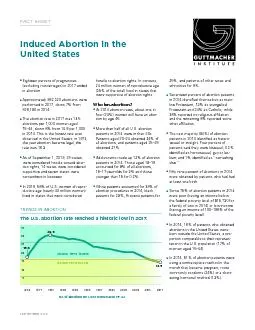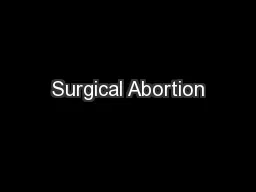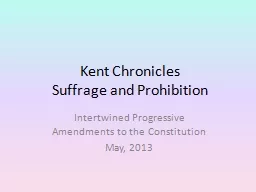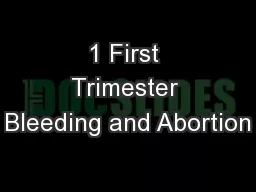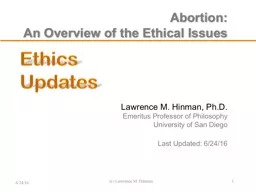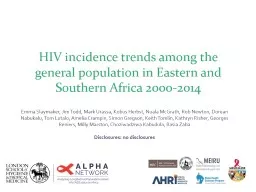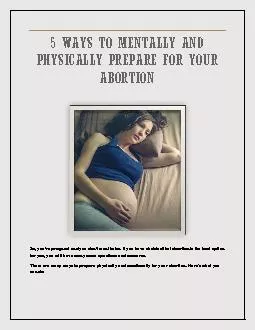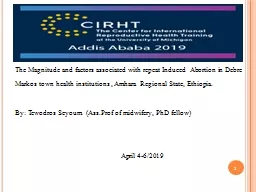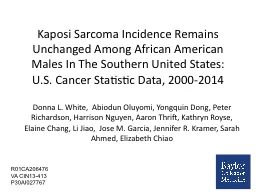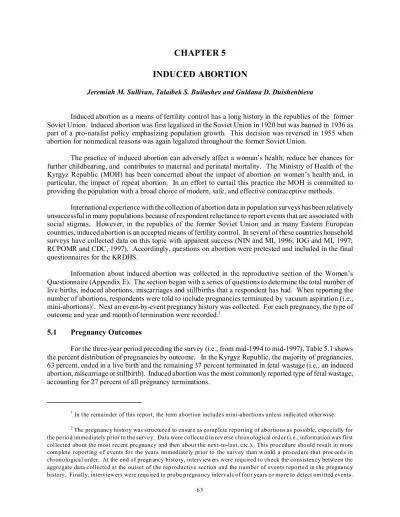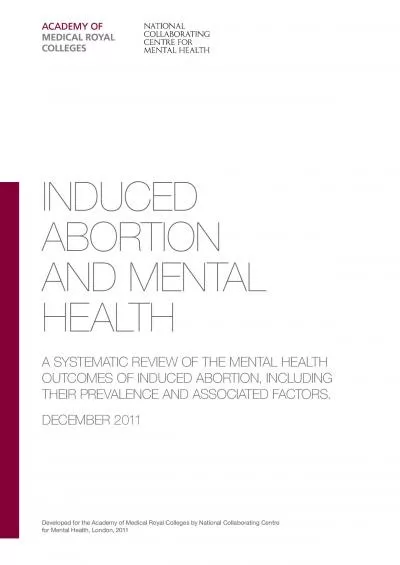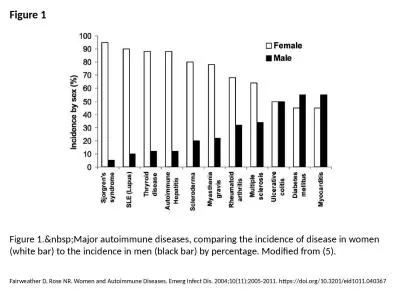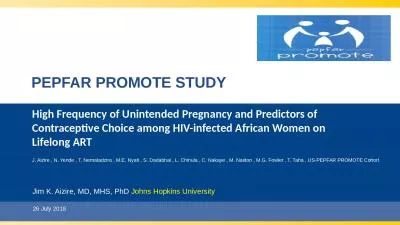PDF-Facts on Induced Abortion In the United States INCIDENCE OF ABORTION Half of pregnancies
Author : marina-yarberry | Published Date : 2015-03-16
Twentyone percent of all pregnancies excluding miscarriages end in abortion In 2011 106 million abortions were performed down 13 from 121 million in 2008 From 1973
Presentation Embed Code
Download Presentation
Download Presentation The PPT/PDF document "Facts on Induced Abortion In the United ..." is the property of its rightful owner. Permission is granted to download and print the materials on this website for personal, non-commercial use only, and to display it on your personal computer provided you do not modify the materials and that you retain all copyright notices contained in the materials. By downloading content from our website, you accept the terms of this agreement.
Facts on Induced Abortion In the United States INCIDENCE OF ABORTION Half of pregnancies: Transcript
Download Rules Of Document
"Facts on Induced Abortion In the United States INCIDENCE OF ABORTION Half of pregnancies"The content belongs to its owner. You may download and print it for personal use, without modification, and keep all copyright notices. By downloading, you agree to these terms.
Related Documents

